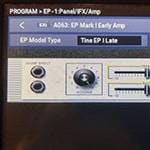Hey, it’s your multi-effects-loving guy here.
But this time, I’m delivering something that’s a little (or not so little) removed from multi-effects.
Though, of course, multi-effects make an appearance—can’t escape my true nature!
So, this time, we’re talking about switchers. It’s a convenient age we live in, where even the latest switchers have as many settings as multi-effects units.
I’ve put together this article to introduce some recommended switchers while showing you just how far we’ve come. Stick around till the end!
BOSS / ES-5 Effects Switching System Loop Switcher
Right out of the gate, here’s my top pick. You might be thinking, “Wait for it, wait for it,” but I’m not waiting.
This article is practically dedicated to this one.
Now, when you think of switchers, their primary role is usually to toggle effects connected in loops with a single press of a button. Of course, the ES-5 is no exception; it’s a loop switcher through and through.
However, there’s one unconventional feature that sets the ES-5 apart—it allows you to reorder the loops.
“What does that mean?” you might ask. Let me explain.
Typically, the signal connected to a loop switcher travels sequentially: 1 to 2, 2 to 3, 3 to 4, and so on. It’s a straight path. Some switchers may allow for separate or parallel loops, but for the most part, it’s linear.
You wouldn’t normally go from 3 back to 1 or from 4 to 2.
But the ES-5 flips this convention on its head. By default, the routing is 1 → 2 → 3 → 4 → 5, but you can swap the order! You can make it 3 → 2 → 1 → 4 → 5 or 4 → 3 → 5 → 1 → 2, or even reverse it with 5 → 4 → 3 → 2 → 1. The possibilities are endless.
Why is this useful? It allows you to place effects like wah or pitch effects either before or after your distortion pedals, freeing you from the physical constraints of your pedalboard.
Essentially, you get the same routing flexibility you’d expect from mid-to-high-end multi-effects units.
You can now achieve subtle differences in tone depending on the order of your distortion, modulation, and delay effects, all within an analog pedal setup. It’s nothing short of revolutionary—a beast of a machine.
It doesn’t stop there. With a display that shows you which patch is active and the ability to set buffers for each loop, the ES-5 has all the bases covered.
You can even edit patches on your computer, making the process stress-free when you have the time.
Naturally, it also supports MIDI in/out, making it an ideal companion for multi-effects units!
One Control / Chamaeleo Tail Loop MKII 5-Loop Switcher
Next up is this sleek and efficient loop switcher from One Control.
Despite its slim design and reasonable price, it’s fully programmable. My personal favorite feature is that it can supply power to the effects connected to it.
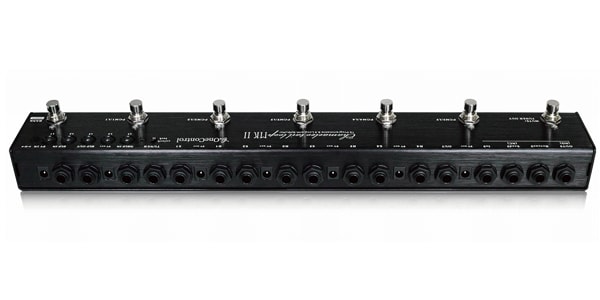
The rear panel has a DC port, allowing you to power analog effects from the switcher itself.
Just keep in mind that it’s not isolated power, so digital effects are best avoided.
With this feature, you can skip buying an extra power supply, making it much easier to build your board—highly recommended for beginners.
Additionally, you can lock the bank to avoid accidental changes, and it features One Control’s signature BJF Buffer, making it a top-notch switcher.
On top of that, it includes a separate loop. This separate loop is independent from the other effect loops, allowing you to route just this loop through the amp’s send/return or connect it before loop 1, even if it’s loop 5. It can also be used as a channel-switching function for the amp, further enhancing the switcher’s flexibility.
One Control offers other switchers to meet various player needs. For instance, while the Chamaeleo doesn’t have MIDI, the Caiman offers MIDI at the expense of the separate loop, and it boasts 150 banks.
There’s even the 10-loop Crocodile model, probably one of the largest loop switchers in the industry.
Fender / Switchboard Effects Operator
Wait, what? Fender makes switchers too!?
Until now, switchers have often had a rugged, no-nonsense design. But leave it to Fender to make a stylish, aesthetically pleasing unit.
It has a color display that clearly shows your routing, and as you might have guessed, it also allows you to reorder loops.
Until its release, only the BOSS ES Series and select Musicom Lab EFX models offered this feature. But Fender has shaken things up.
This model offers all the essential features while adding a unique design touch, making it perfect for those who want to give their pedalboard some personality.
Internally, a processor ensures the signal remains clear, so there’s no compromise on sound quality!
Morningstar FX / ML5
Is this really a switcher? You must be joking.
But no, it’s a legitimate switcher. So, how do you operate it? As indicated on the device, it’s controlled via MIDI.
You can pair it with your MIDI controller or any multi-effect unit capable of sending MIDI signals.
And if you don’t own one yet, don’t worry—Morningstar offers some great controllers for you to choose from.
Personally, I think the MC6 PRO looks really cool, and I love it. It comes with a color display—so appealing.
With six switches, you can perform multiple functions like pressing them simultaneously, so this number feels ideal to me. While it has immense power on its own, let’s put that aside for now...
One of the great things about the ML5 is how freely you can position it on your board. It’s like separating the control part and circuit part of a typical switcher, so you can place the ML5 at the top of your board and the controller at the bottom.
In fact, if you have a multi-effect unit that can send MIDI signals (like I mentioned earlier), you only need that.
I’ve briefly mentioned this in another article, but I highly recommend pairing it with the HX Effects.
When selecting presets or snapshots, this unit can send MIDI signals simultaneously.
By controlling the ML5 from the HX Effects, you can essentially create the functionality of five more Send/Return loops, even though the block positions are fixed.
If this method becomes more widely known, I think the HX Effects could get more recognition.
Oh, and just to mention, the highest model in the Ampero Series, the Ampero II Stage, also received an update recently, allowing it to send MIDI CC signals. So, you can use it the same way!
If you’re into amp simulation, this might be the better choice for you.
Combining it with a multi-effect unit to effectively increase the number of FX loops is quite remarkable.
The ML5 almost entirely removes the limitations of using compact pedals and multi-effects together, so I feel like this could really expand the possibilities of pedalboard setups going forward.
So, there you have it, the world of switchers.
Simply connecting and switching between pedals isn’t enough anymore—manufacturers have been racking their brains to come up with different solutions.
I believe the evolution of switchers is also the evolution of pedalboards, and I can’t wait to see what kinds of switchers will appear in the future.
Exciting times ahead!
The “sound & person” column is made up of contributions from you.
For details about contributing, click here.





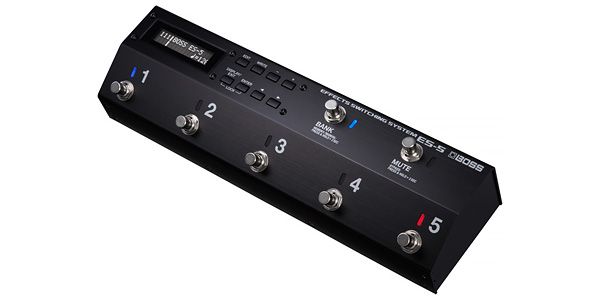
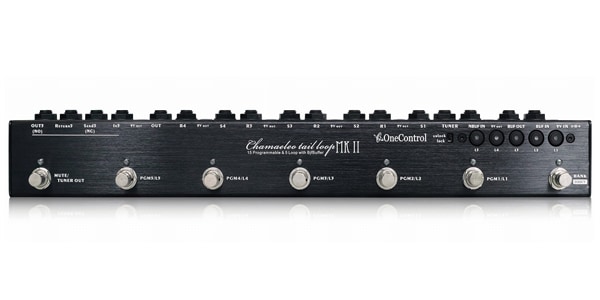
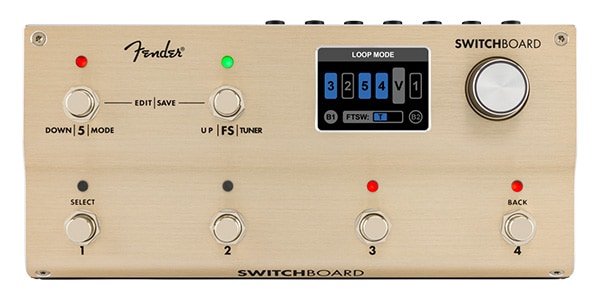
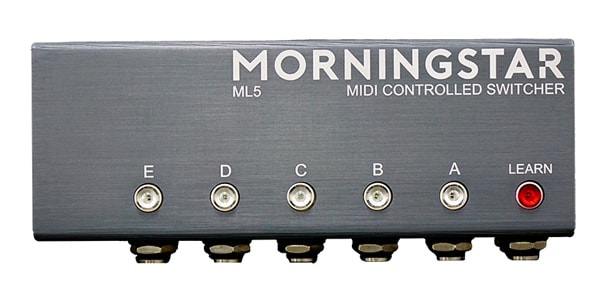
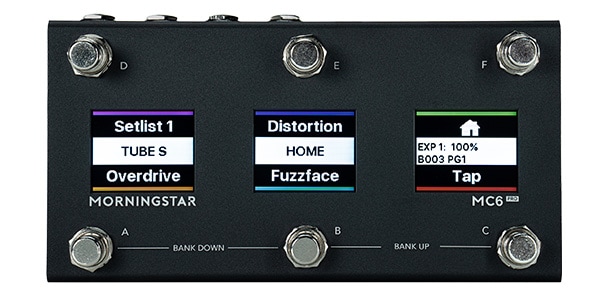
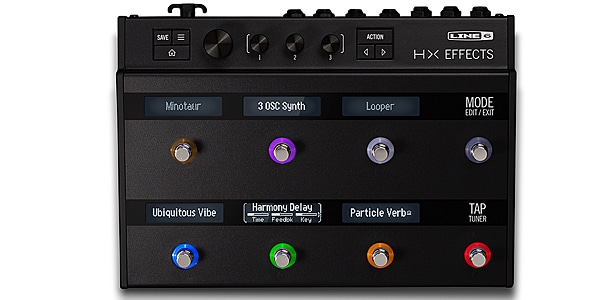







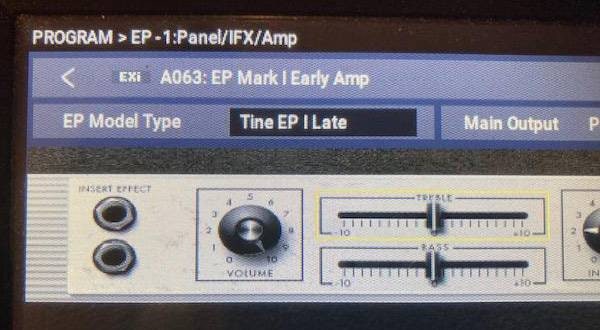




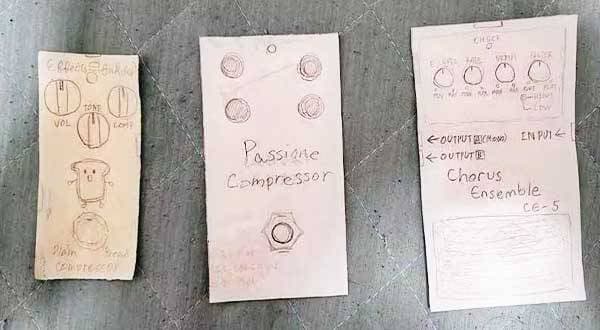
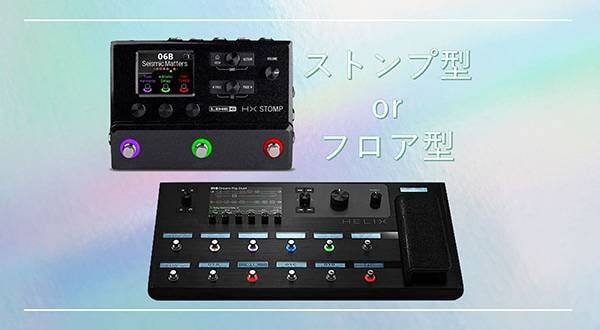
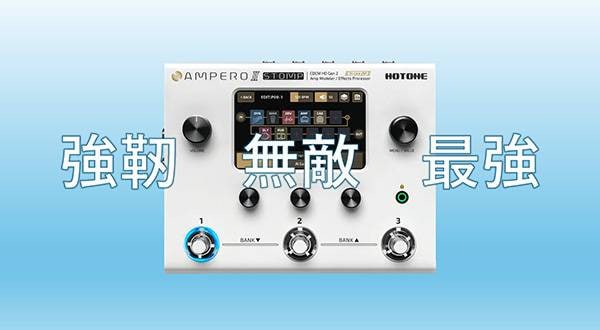
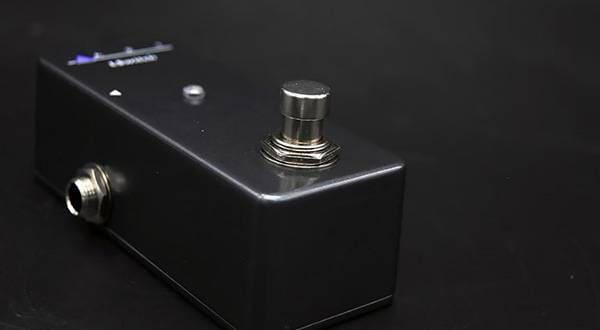
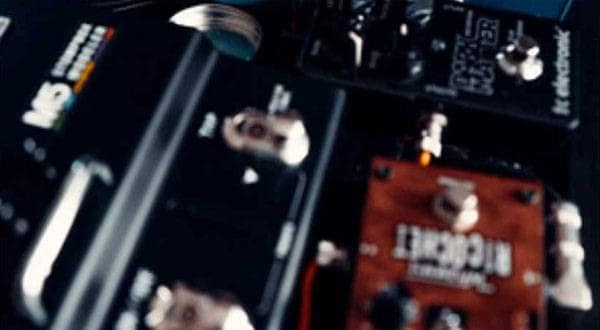
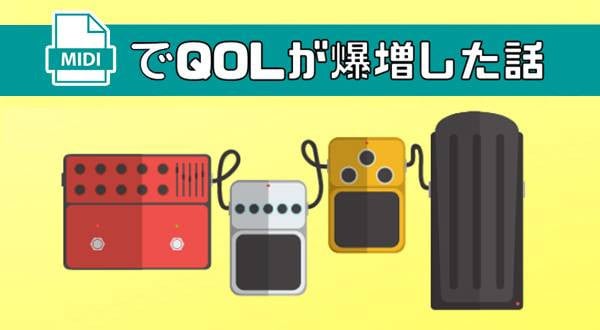
 はじめてのエフェクターは GT-1 にしよう
はじめてのエフェクターは GT-1 にしよう
 Fender プロダクトラインナップ
Fender プロダクトラインナップ
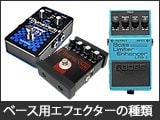 ベース用エフェクターの種類
ベース用エフェクターの種類
 エフェクターのつなぎ方
エフェクターのつなぎ方
 エフェクターの種類
エフェクターの種類
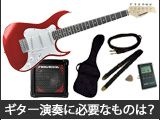 ギター演奏に必要なものは?
ギター演奏に必要なものは?
